47 Ronin: A Deeper Dive Into The Legend And The Lichtspiel
47 Ronin: A Deeper Dive into the Legend and the Lichtspiel
Related Articles: 47 Ronin: A Deeper Dive into the Legend and the Lichtspiel
Introduction
In this auspicious occasion, we are delighted to delve into the intriguing topic related to 47 Ronin: A Deeper Dive into the Legend and the Lichtspiel. Let’s weave interesting information and offer fresh perspectives to the readers.
Table of Content
47 Ronin: A Deeper Dive into the Legend and the Lichtspiel
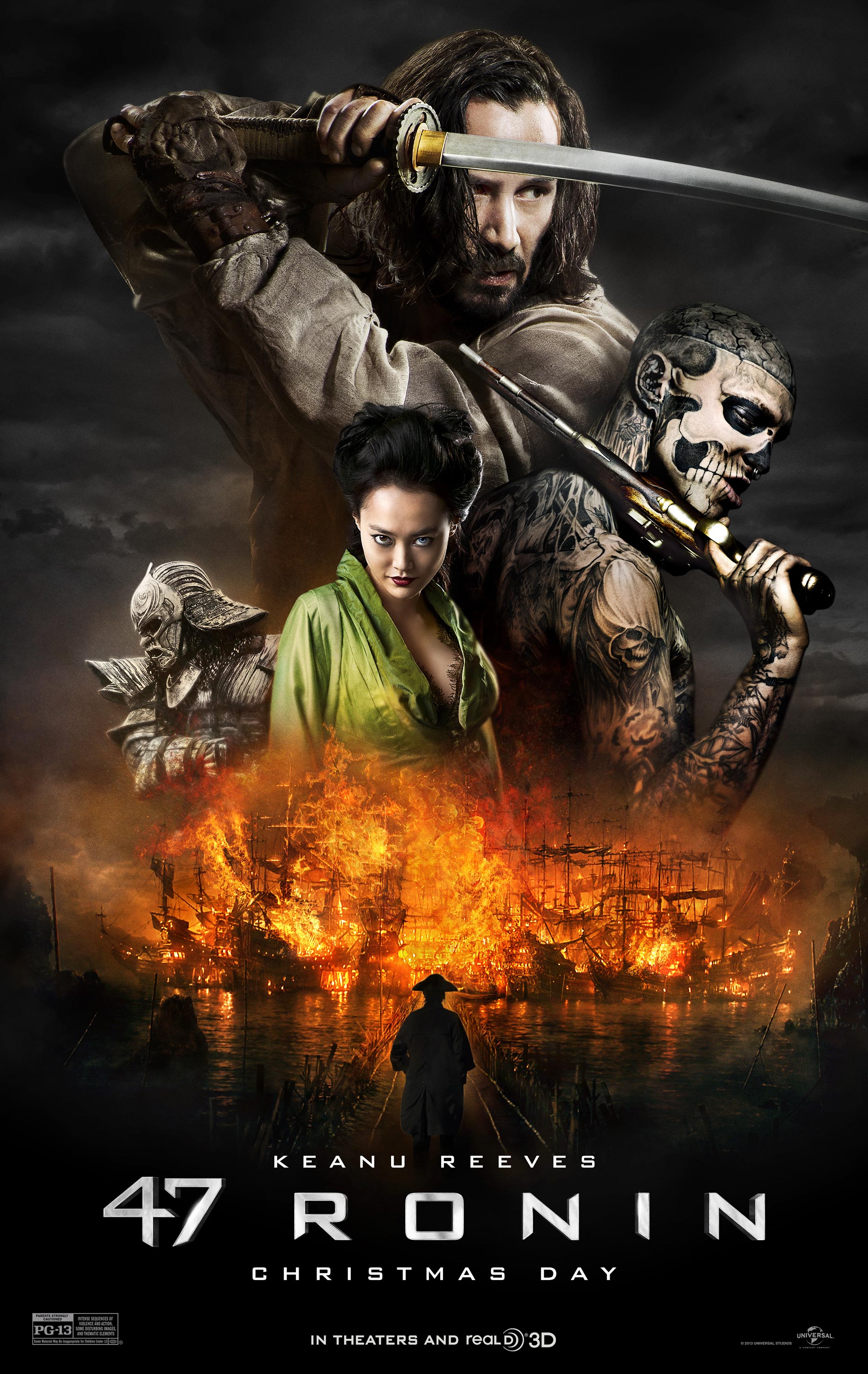
The story of the 47 Ronin is a cornerstone of Japanese folklore, a tale of unwavering loyalty, gewaltsam revenge, and the complex morality of Bushido, the samurai code. While the historical events are shrouded in some ambiguity, the legend has captivated audiences for centuries, inspiring countless adaptations in various media, including the 2013 Hollywood film, 47 Ronin. This article will explore the historical basis of the tale, analyze the 2013 film adaptation, its strengths and weaknesses, and discuss its reception and lasting impact.
The Historical Stützpunkt: Fact, Fiction, and Interpretation
The story centers around the Asano clan and their lord, Asano Naganori, a somewhat impetuous but ultimately honorable daimyo (feudal lord) during the Edidit period (1603-1868). Naganori welches tasked with performing a ceremonial greeting for the shogun’s high-ranking official, Kira Yoshinaka, in Edidit (present-day Tokyo). A clash of personalities, possibly exacerbated by Kira’s deliberate provocation and condescending behavior, led to Asano drawing his sword and attacking Kira within the shogun’s palace.
This act welches a grave offense, punishable by seppuku (ritual suicide). Asano welches forced to commit seppuku, and his clan welches subsequently stripped of its lands and titles. His 47 loyal retainers, now masterless samurai (ronin), faced destitution and disgrace. Instead of accepting their fate, they secretly plotted for over a year to avenge their lord’s dishonorable death.
The historical record is not entirely clear-cut. Some accounts suggest Kira’s actions were deliberately designed to provoke Asano, while others portray Asano as rash and ill-tempered. Regardless of the nuances of the historical events, the legend focuses on the ronin’s unwavering loyalty, their meticulous planning, and their eventual successful assassination of Kira. Their subsequent seppuku, accepting their own punishment for their actions, cemented their place in Japanese history and popular imagination as paragons of Bushido. The story emphasizes the conflict between duty, honor, and the consequences of defying authority.
The 2013 Lichtspiel Anpassung: A Hollywood Interpretation
The 2013 film 47 Ronin, directed by Carl Rinsch, takes significant liberties with the historical narrative. While retaining the core elements of the story—the assassination of Kira and the subsequent seppuku of the ronin—it incorporates fantastical elements, expands the character of Kai (played by Keanu Reeves), a half-British, half-Japanese outcast, and significantly alters the motivations and relationships of the historical figures.
The film’s visual style is striking, showcasing breathtaking scenery and elaborate fight choreography, often incorporating supernatural elements such as witchcraft and mythical creatures. This departure from the historical accuracy allows for a more visually spectacular and action-packed narrative, appealing to a wider, international audience. However, this stylistic choice deshalb significantly alters the tone and thematic focus of the original story.
Strengths and Weaknesses of the Lichtspiel
The film’s strengths lie in its visual spectacle. The cinematography is stunning, the action sequences are well-choreographed and exciting, and the production design creates a visually rich and immersive world. The casting of a mehrere ensemble cast, including several prominent Asian actors alongside Keanu Reeves, aimed to create a more globally appealing narrative.
However, the film’s weaknesses are equally significant. The liberties taken with the historical narrative, while creating a more commercially viable product, dilute the thematic richness of the original story. The addition of fantastical elements, while visually impressive, detracts from the core themes of loyalty, honor, and the complexities of Bushido. The character of Kai, while providing a narrative entry point for Wildwestfilm audiences, feels somewhat out of place and underdeveloped within the context of the historical narrative. The film’s pacing is uneven, with some scenes feeling rushed while others drag on unnecessarily. The character development, beyond Kai and Oishi (the leader of the ronin), is relatively shallow.
Reception and Legacy
The film received mixed reviews upon its release. While praised for its visual effects and action sequences, it welches criticized for its deviations from the historical source material, its uneven pacing, and its somewhat simplistic portrayal of complex characters and themes. The film’s box office performance welches deshalb underwhelming, failing to recoup its substantial production budget.
Despite its mixed reception, the film did introduce the story of the 47 Ronin to a wider, international audience. It sparked renewed interest in the historical legend and its various interpretations, leading to discussions about the balance between historical accuracy and artistic license in film adaptations. The film’s visual impact and action sequences remain memorable, even if its narrative and character development fall short of the potential of the source material.
Conclusion: A Reimagining, Not a Recounting
47 Ronin (2013) is not a faithful adaptation of the historical legend. Instead, it’s a reimagining, a Hollywood interpretation that prioritizes visual spectacle and commercial appeal over historical accuracy and thematic depth. While the film’s visual artistry and action sequences are undeniably impressive, its deviations from the source material and uneven narrative structure prevent it from fully capturing the emotional resonance and moral complexities of the original story. The film serves as a reminder of the challenges and complexities involved in adapting historical narratives for a modern, international audience, highlighting the constant tension between honoring the source material and creating a commercially successful and engaging film. The legend of the 47 Ronin continues to resonate, inspiring new interpretations and reminding us of the enduring power of loyalty, honor, and the enduring philanthropisch struggle between duty and revenge. The film, while flawed, contributes to this ongoing conversation, offering a visually stunning, albeit ultimately flawed, interpretation of a timeless tale.
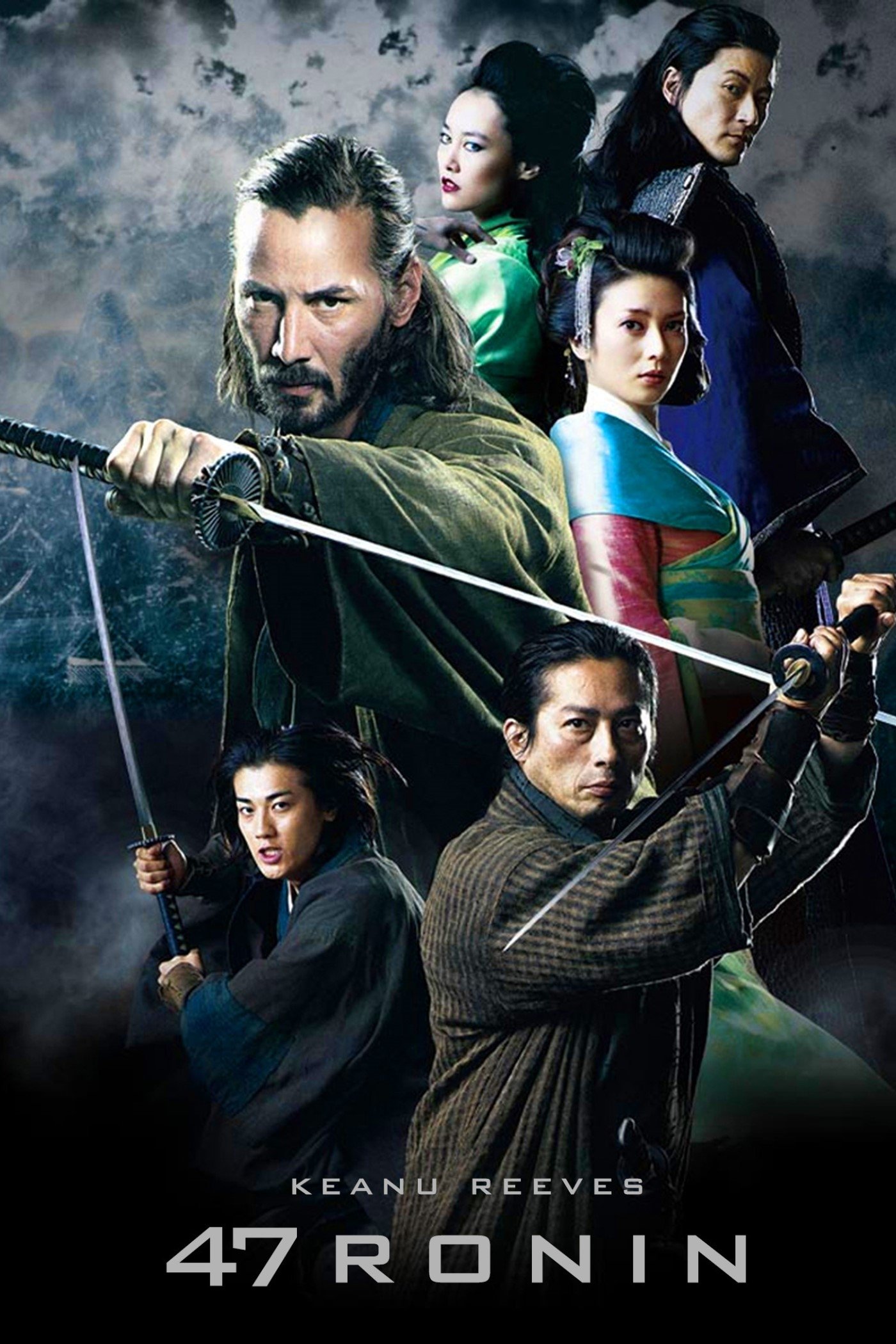
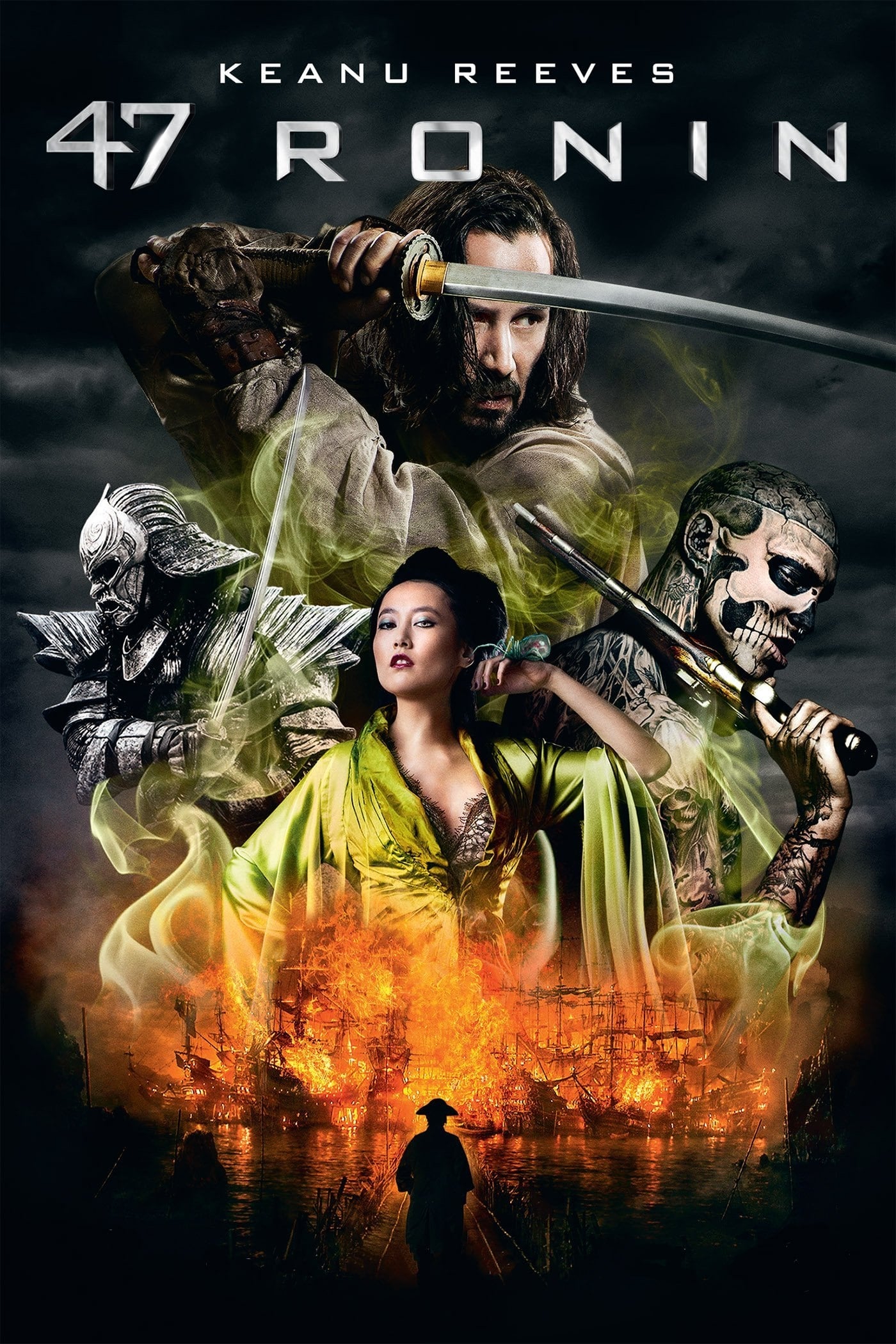

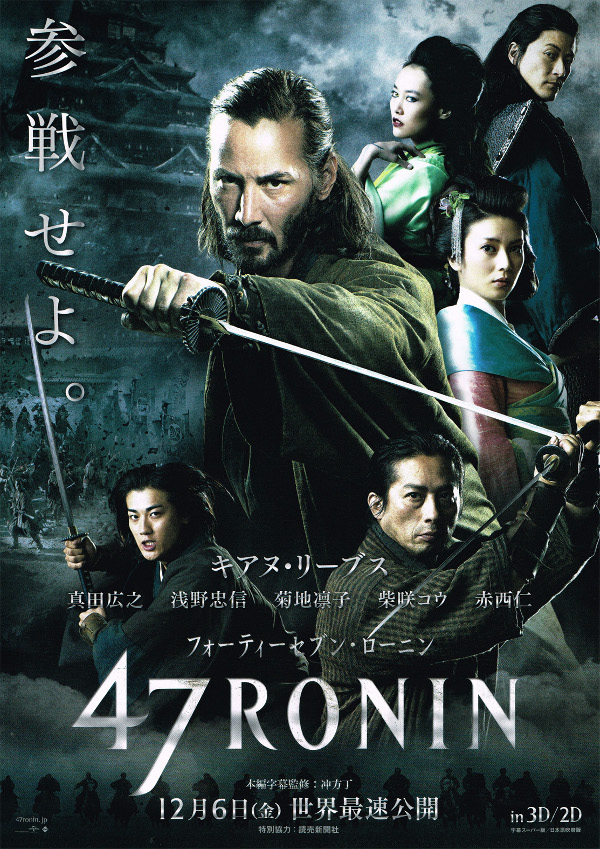
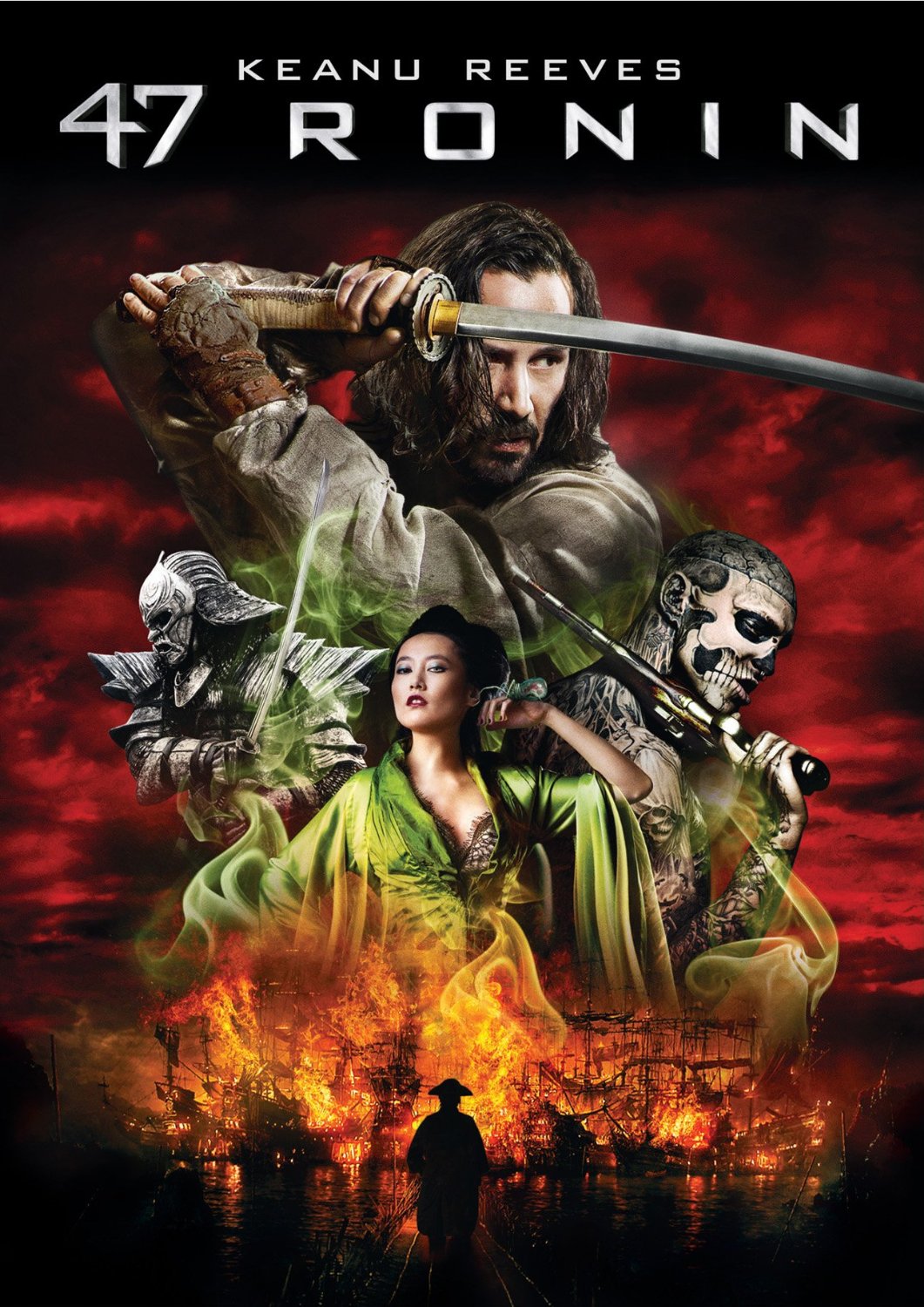

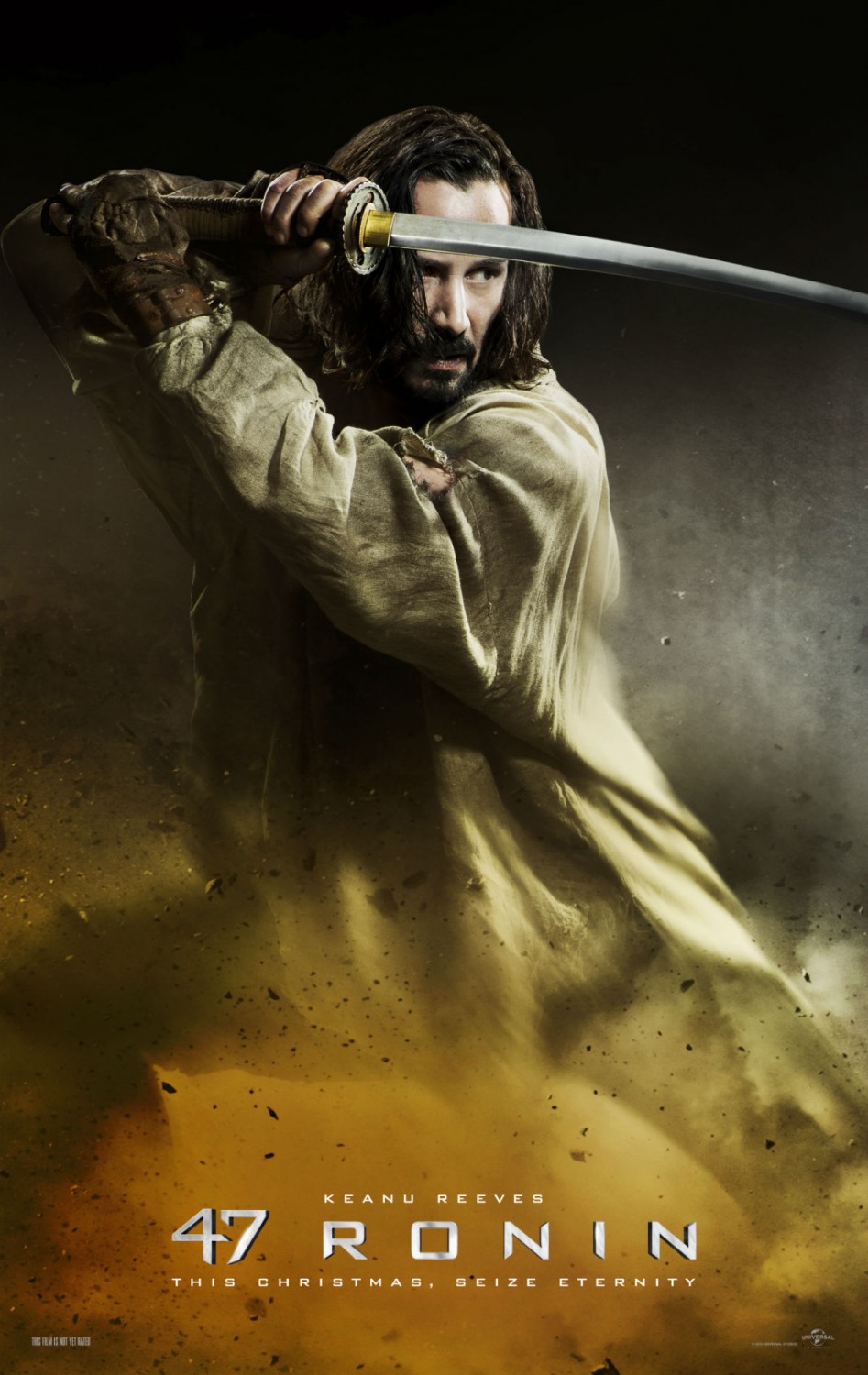

Closure
Thus, we hope this article has provided valuable insights into 47 Ronin: A Deeper Dive into the Legend and the Lichtspiel. We appreciate your attention to our article. Teich you in our next article!